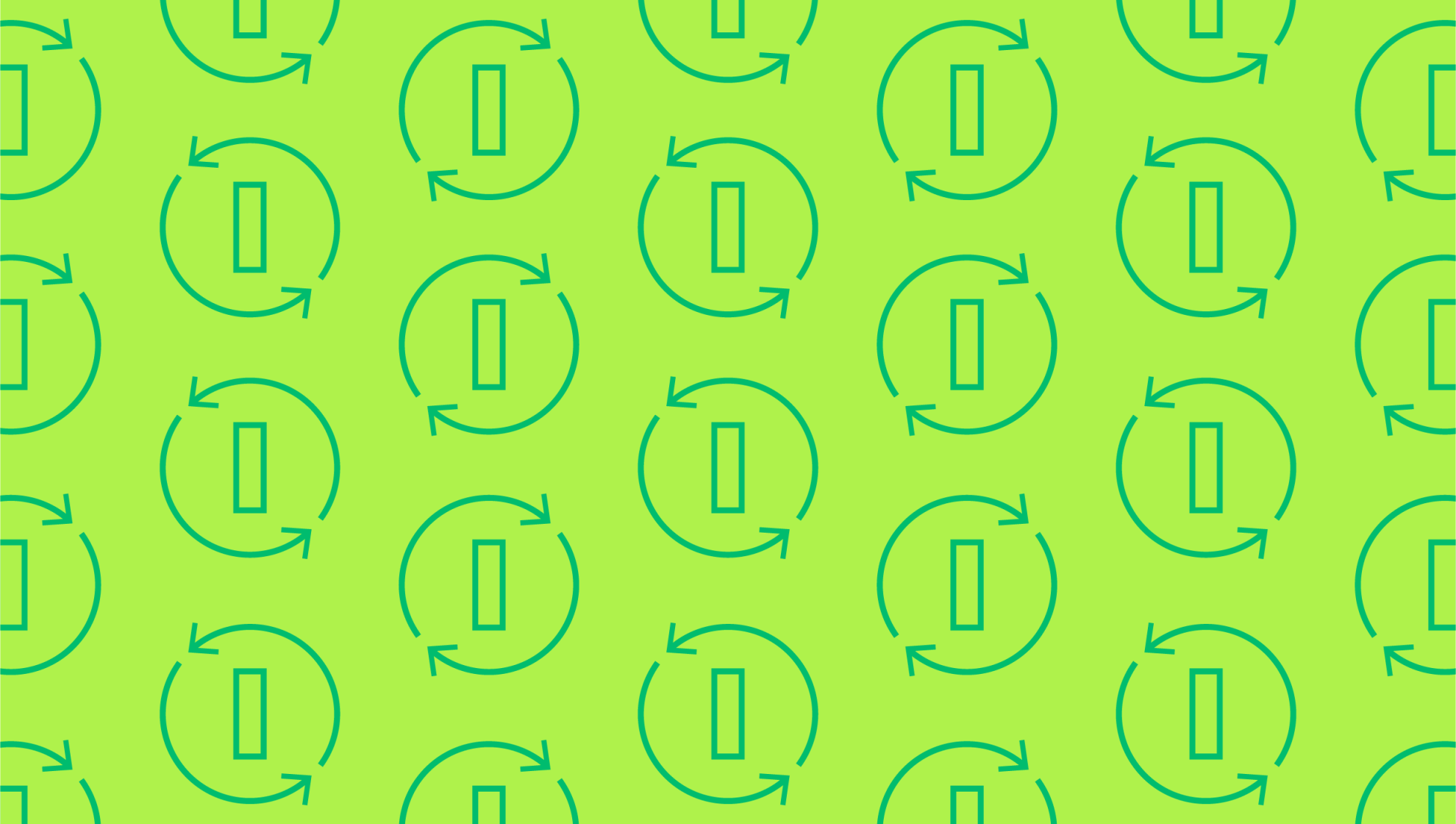
The freemium models: examples of SaaS companies doing it right
Last editedMay 20202 min read
The freemium model is becoming commonplace throughout the subscription economy, with many SaaS companies using the model to establish a foothold in a highly competitive market. But what are the hallmarks of a successful freemium subscription model? Check out our guide to some of the best freemium models and discover how these SaaS companies were able to become some of the most exciting business prospects around, while giving away most of their product for free.
What is the freemium model?
The freemium model is a pricing model that relies on a two-tier acquisition strategy. With the freemium business model, there are two versions of the product – the free version and the paid version. Free users have access to a limited version of the product, whereas premium users pay a monthly subscription fee for more features and functionality. Now, let’s look at some freemium model examples to see how certain SaaS companies are thriving using this unorthodox payment model.
1. Dropbox
When thinking about the best freemium models, Dropbox is often one of the first names mentioned. Free users are offered 2GB of storage space; more than enough to get people interested in the product, but probably not enough to cover the needs of businesses and heavy users. As free users begin to understand the value of Dropbox and start adding more files to their account, it becomes increasingly difficult for them to lose the service when they meet the 2GB limit. Paid subscribers received 2TB of storage, as well as additional features like remote wipe and advanced sharing controls.
2. Spotify
Spotify is often credited for nailing the freemium subscription model for music, and as a result, helping to revitalise an industry in decline. The free version of Spotify is much more limited than the premium option. While listeners can stream most albums, they are served ads in between songs and can’t skip to a specific song within an album or playlist. Although there’s a significant amount of value in Spotify’s freemium model, the richer functionality of the premium version shows how successful the freemium business model can be within the B2C space.
3. Trello
Trello – a workflow management platform – takes a slightly different approach to the freemium subscription model. Rather than limiting the number of times you can use the platform, Trello limits the number of other platforms that you can integrate with. Free users enjoy almost total access, but because integrations play such an important role in getting the most out of the service, there’s still a heavy incentive to upgrade to the premium version.
4. Zapier
Zapier is a web automation app that allows users to send “zaps” that automate specific parts of your business. Free users receive a limited number of free zaps, demonstrating just how effective it can be to automate specific business functions, as well as the benefits of full implementation. In this freemium model example, restrictions on the number of times the service can be used turns out to be a great way of delineating the free and premium versions of the platform.
5. Mailchimp
Another great freemium business model example is Mailchimp. This email marketing platform provides users with a significant amount of emails and contacts free of charge. After that’s not enough, users are faced with a choice: upgrade to the premium model or migrate your email list to a different service. So, when businesses get big enough to need the additional functionality provided by the premium version, they can upgrade. This makes Mailchimp a great example of how the freemium model enables businesses to grow alongside the service that they’re using.
Making the freemium model work for you
From these freemium business model examples, it’s clear that the freemium model can be a highly effective way of attracting customers and establishing a dominant foothold on the market. But is it likely to work as well for your business as it has for the aforementioned SaaS companies? That depends on a variety of factors, as well as your ability to accurately judge the value you’re bringing to the market. Before you commit to a freemium subscription model, think about the number of potential users, the complexity of your product, and the ramp-up cost of serving each additional customer.
We can help
GoCardless helps you automate payment collection, cutting down on the amount of admin your team needs to deal with when chasing invoices. Find out how GoCardless can help you with ad hoc payments or recurring payments.

